Explainers ·
What is coral?
One of the most iconic ocean inhabitants, corals play a crucial role in protecting our planet.

Corals might look like plants growing on the ocean floor but don’t be fooled, they’re actually a type of marine animal and part of the same group as jellyfish and sea anemones.
Corals are invertebrates that belong to a large group of animals called Cnidaria, which are characterised by their stinging tentacles. These fascinating creatures are colonial organisms, which means many individual corals live and grow while connected to one another.
There are around 600 different coral species on our Great Barrier Reef, each with its own unique characteristics.
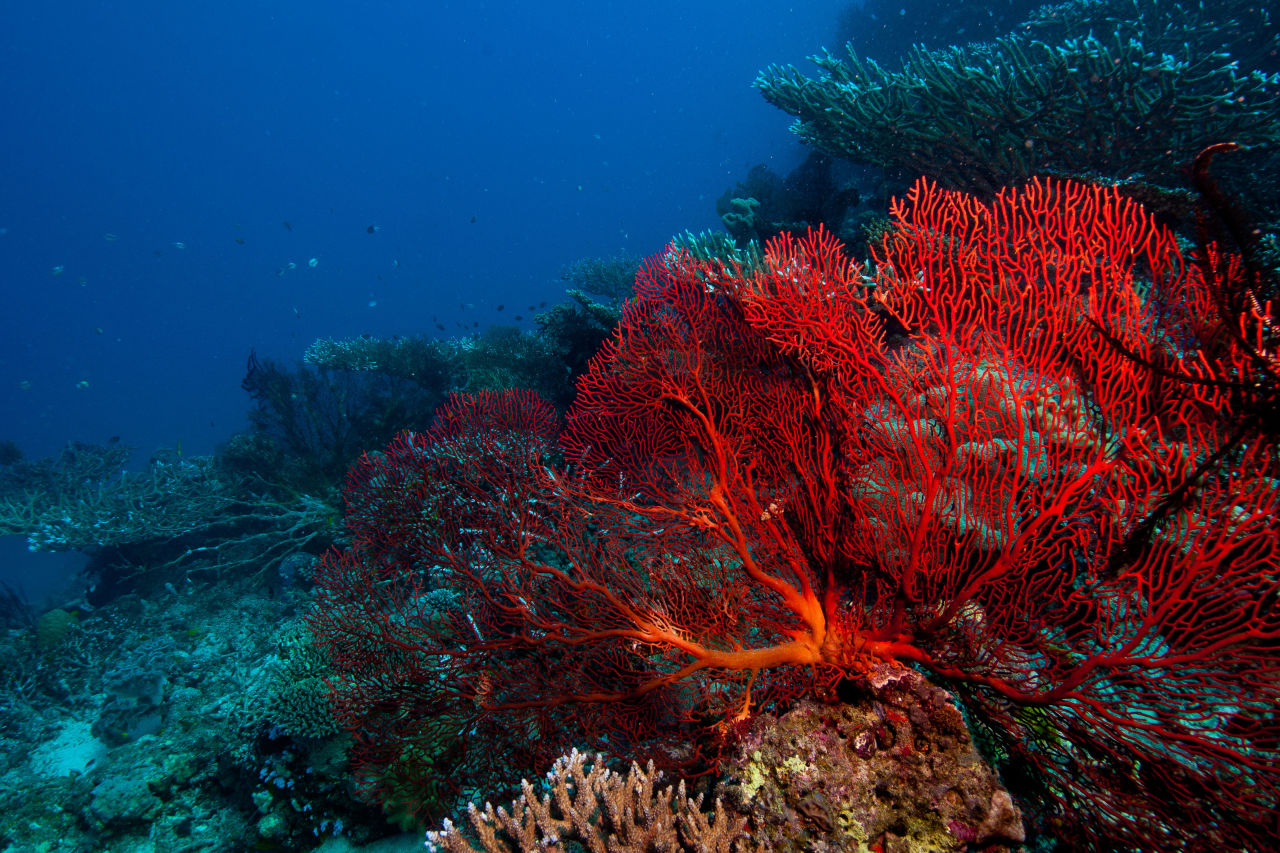
Sea fans like this one are soft corals. Credit: Gary Cranitch, Queensland Museum.
#What is coral made of?
Each individual coral is made of a polyp – a clear, tube-shaped structure attached to a surface at one end and open at the other – with a ring of stinging tentacles surrounding the open end, or mouth. Corals use these tentacles to catch prey and protect themselves from predators.
Coral species are either hard or soft. Soft corals tend to be feathery in appearance such as sea fans and sea feathers. Hard corals are reef-builders – they extract calcium from seawater to make limestone outer skeletons, which form coral reefs.
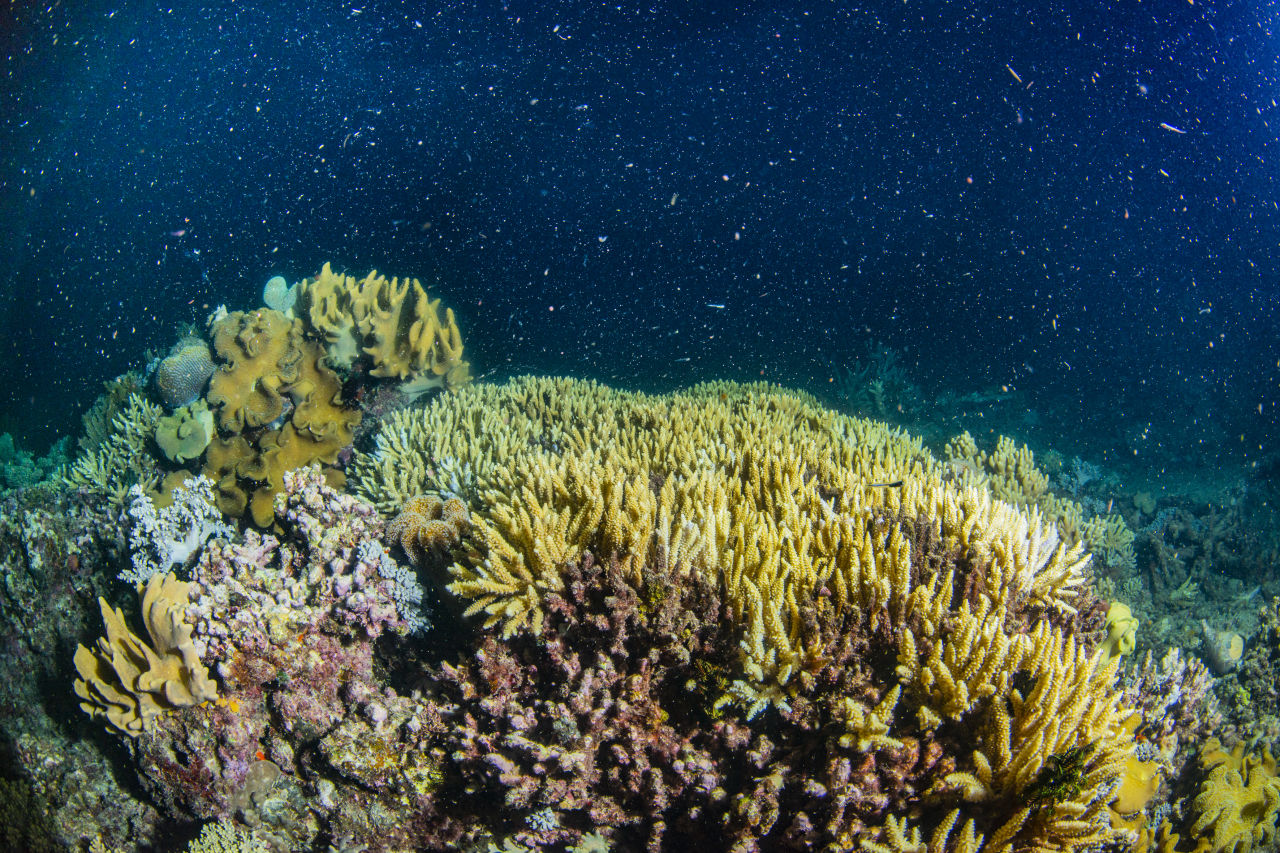
Hard corals join together and form coral reefs. Credit: Gary Cranitch, Queensland Museum.
#What colour is coral?
Corals range in colour from red to purple and even blue, but are most commonly shades of brown and green.
They get most of their colours from the millions of microscopic algae that grow inside each polyp’s tissues. This algae, called zooxanthellae (pronounced zo-UH-zan-thuh-lay), has a symbiotic, or mutually beneficial relationship with their host coral. The host coral provides a home for the algae, protecting them from the elements and supplying the necessary components for photosynthesis. In exchange, zooxanthellae create oxygen and remove waste for the coral. They also produce food – glucose, glycerol and amino acids – which make up a large part of corals’ diets.
As part of the photosynthesis process, zooxanthellae also produce chlorophyll and pigment, which shows through the host coral’s clear polyps, giving it colour. The number of zooxanthellae present and the amount of chlorophyll produced determines what colour the coral will be.
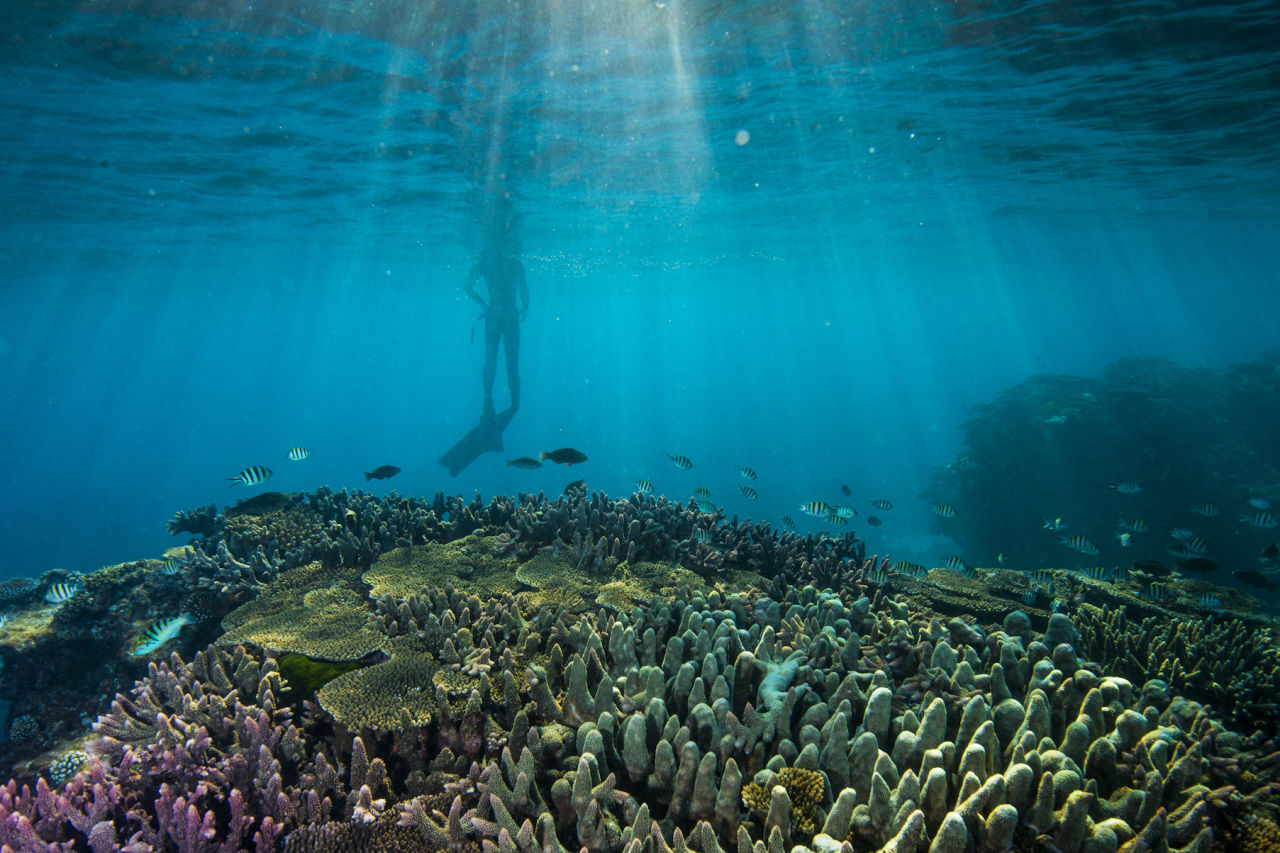
Corals range in colour from red and purple, to green and brown. Credit: Gary Cranitch
#What is a coral reef?
A coral reef is a group of corals growing together on a hard surface such as rock. There are three types of coral reefs – fringing reefs, barrier reefs and atolls. Fringing reefs form along shorelines, barrier reefs form in open water and atolls are circular reefs that have formed around sunken volcanos.
Coral reefs play a vital role in keeping our oceans, and ultimately our planet, healthy. They provide food, shelter, resting and breeding grounds to a quarter of all marine life, acting as nurseries and refuges to protect critical biodiversity.
They also support more than 1 billion people living in coastal regions around the world by providing food, livelihoods and recreation.
#What is coral bleaching?
When corals are stressed, they expel the zooxanthellae from their tissues. Without the algae to provide colour, coral polyps turn clear again and reveal their white skeletons. This is called coral bleaching. Bleached corals are not dead, but without zooxanthellae and therefore their primary food source, corals begin to starve and are more at risk of disease.
A primary cause of coral bleaching on the Great Barrier Reef during summer is heat stress from raised water temperatures and increased UV radiation. A temperature increase of just one degree Celsius for only four weeks can trigger coral bleaching. If raised water temperatures persist for long periods (eight weeks or more) corals begin to die.
Corals can recover from bleaching over time, but only if temperatures drop and conditions return to normal.
Individual coral colonies suffer from a degree of bleaching in any given summer. This is a natural process and not of particular concern.
But large-scale marine heatwaves can cause mass coral bleaching events, in which large numbers of corals bleach over a wide area. These events are typically associated with high levels of coral mortality.
As climate change causes ocean temperatures to rise, marine heatwaves and associated coral bleaching events are becoming more frequent and severe, and the Reef’s natural recovery processes are unable to keep up.
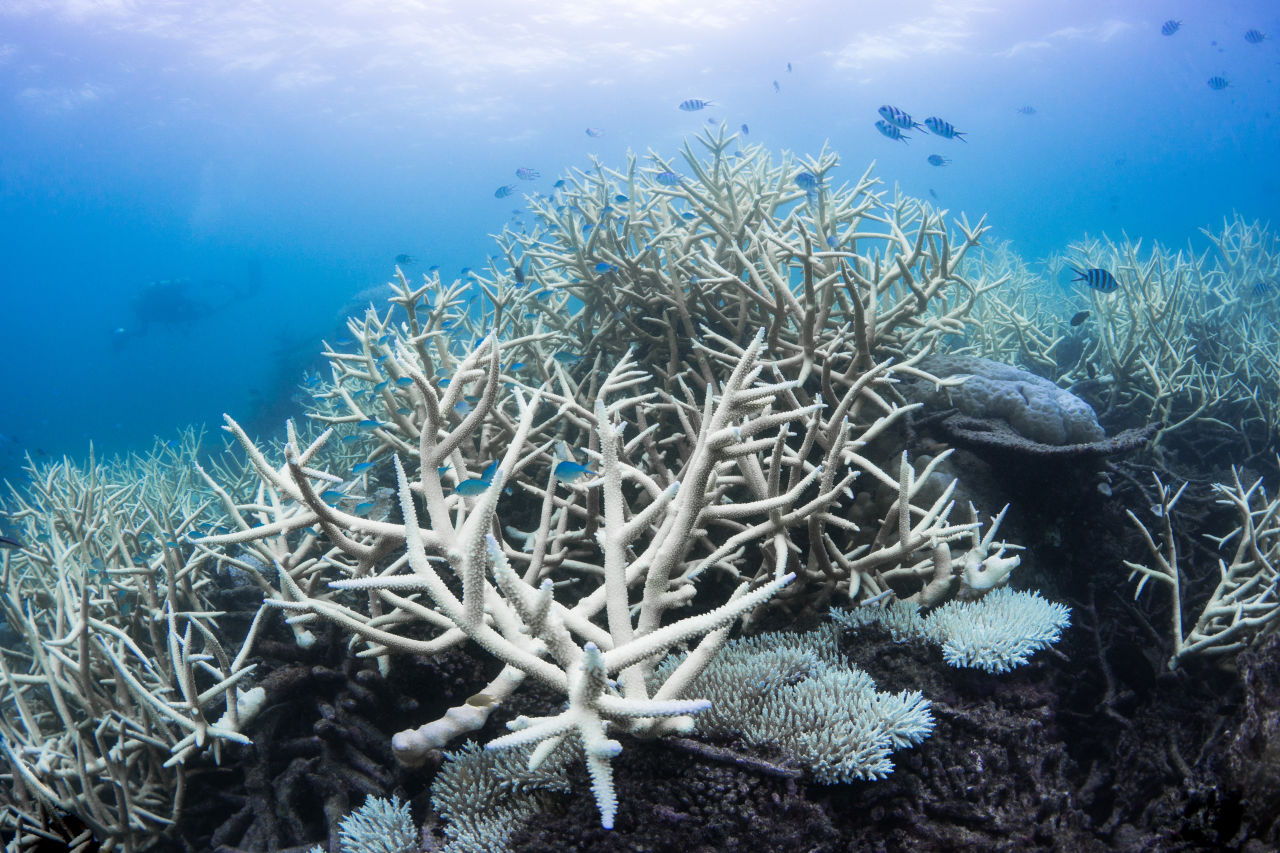
Bleached corals on the Great Barrier Reef in 2017. Credit: The Ocean Agency, Ocean Image Bank

#Tomorrow needs you, now.
The Great Barrier Reef is in desperate need of support. Donate today to help grow new baby corals, creating a better future for the Reef.
#Related
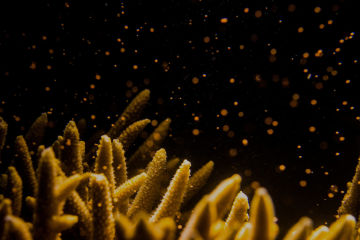
Explainers ·
What is coral spawning?

Explainers ·
Uncovering hidden species with eDNA

Explainers ·
What is biodiversity and why is it so important?

Explainers ·
